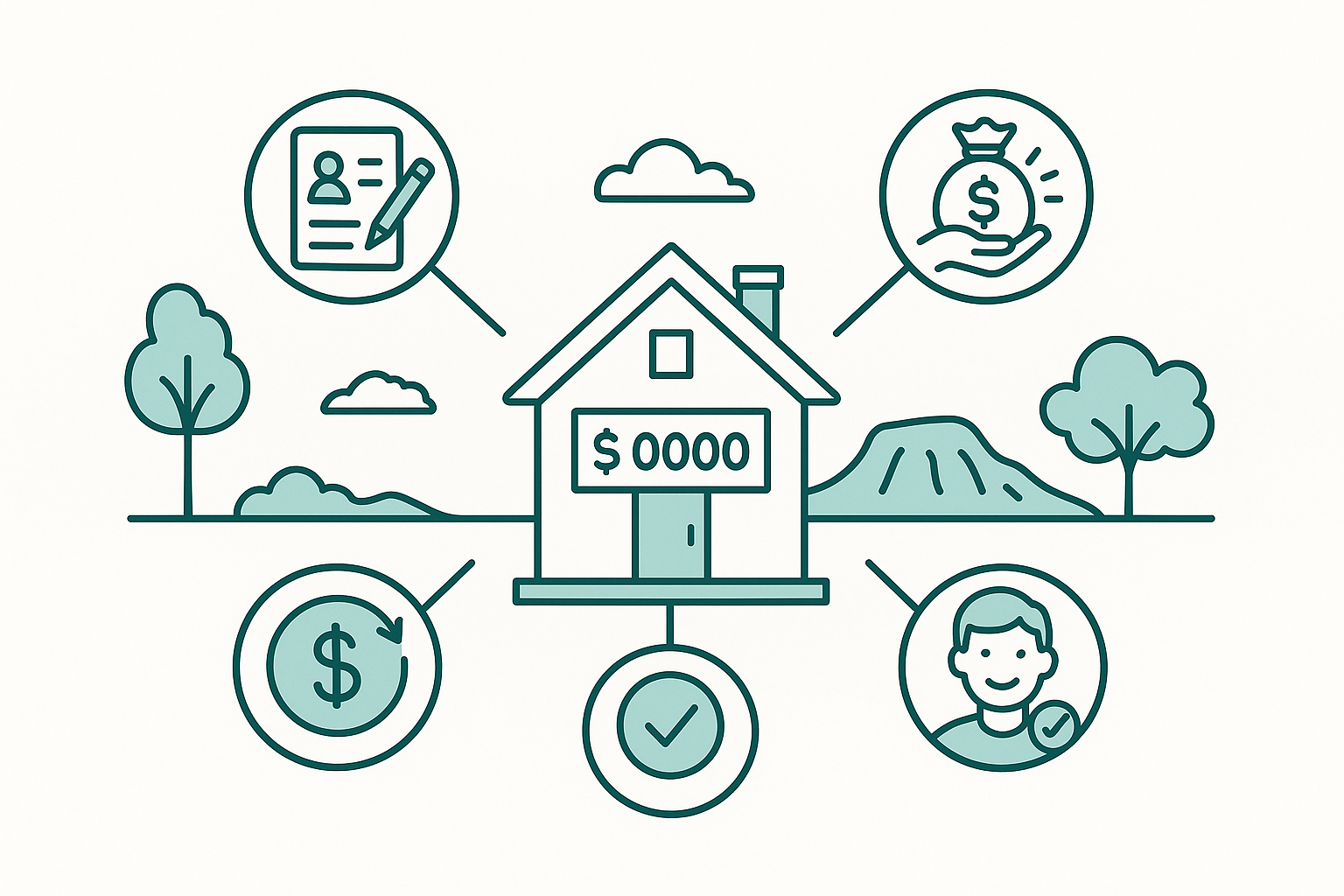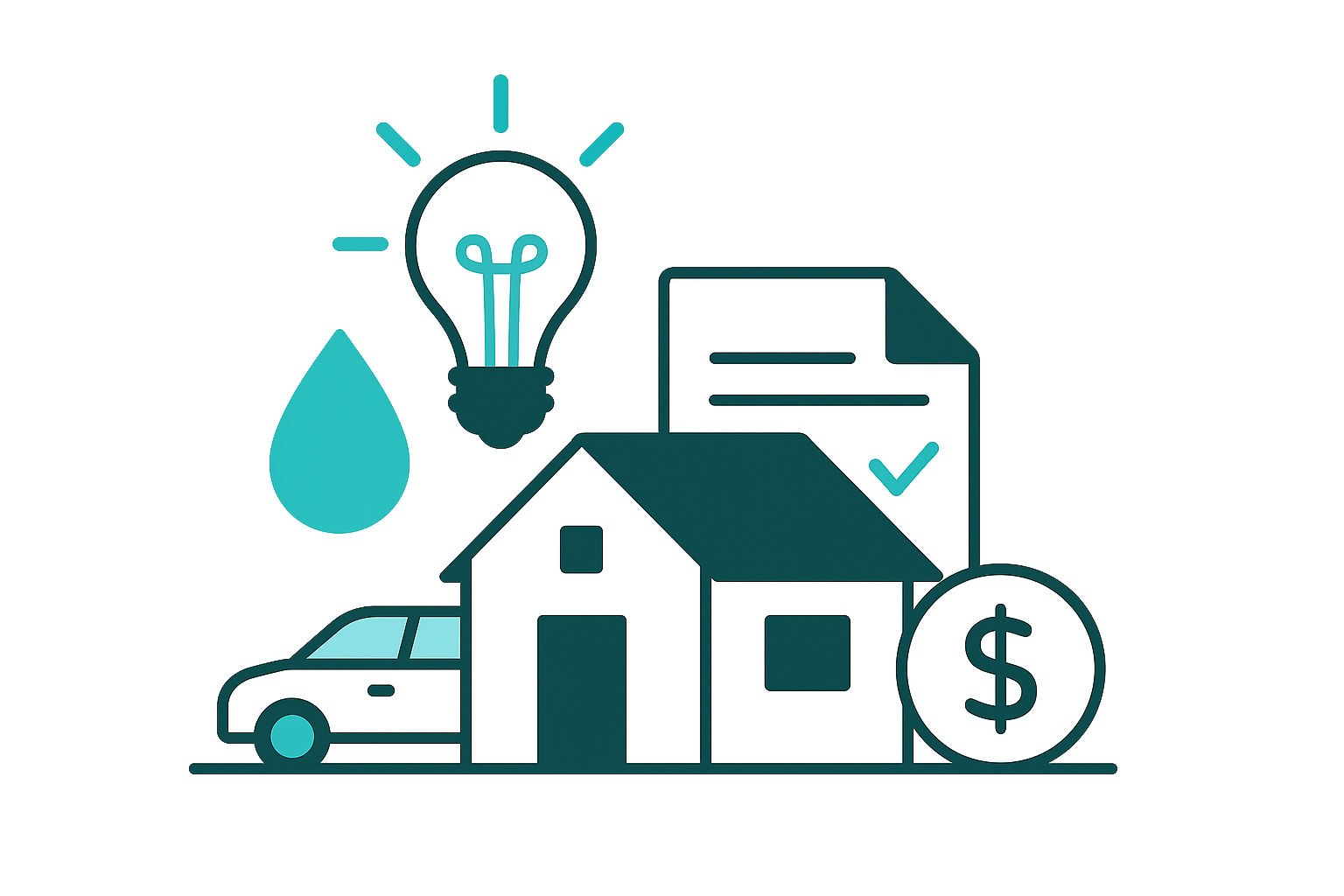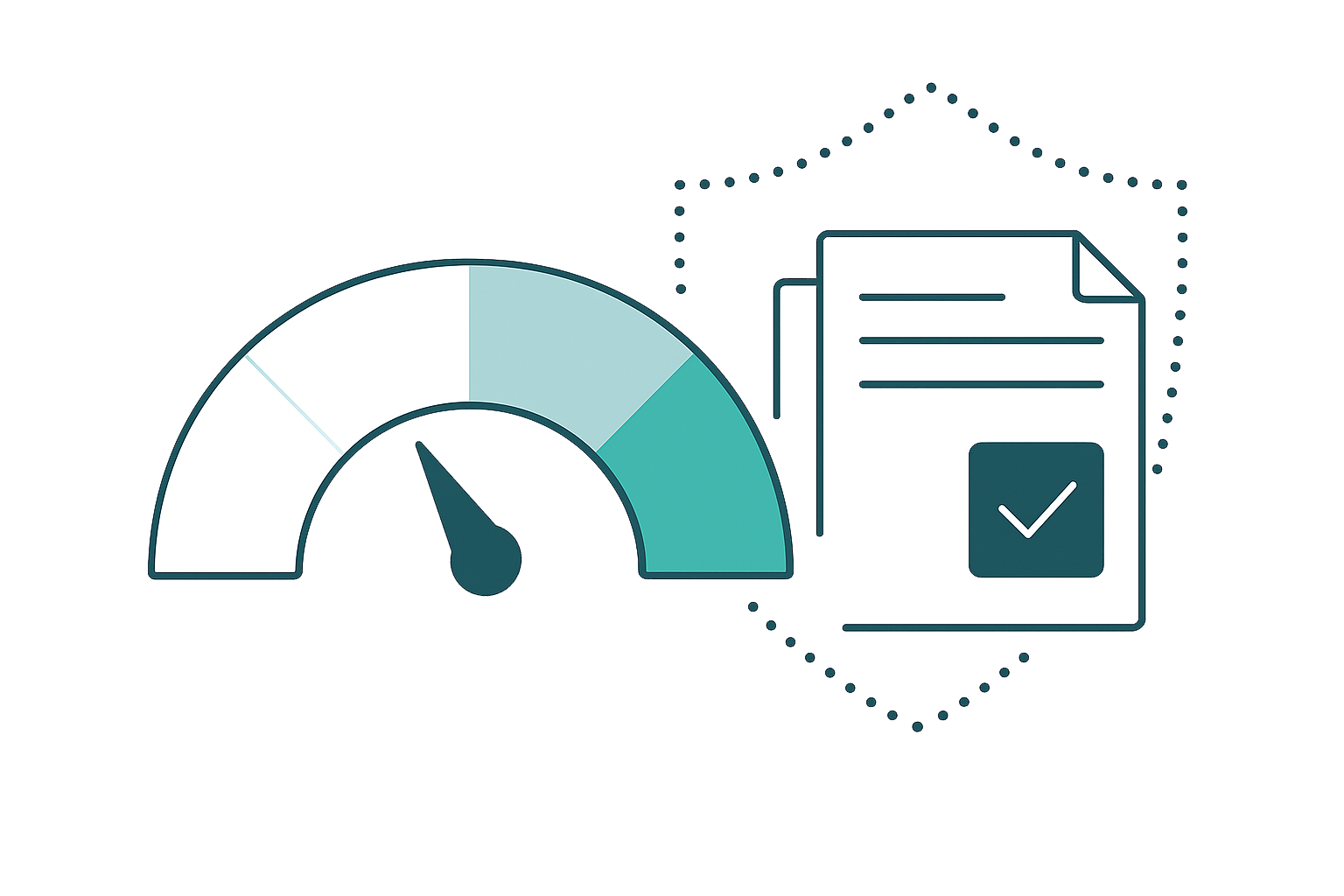Understanding Rental Bond Loans in Australia
- Personal Finance
- 03 Mins read

Who Should Consider a Rental Bond Loan?
Rental bond loans can be useful in several scenarios:
- First-time tenants who don’t have enough savings for the bond.
- People short on cash due to unexpected expenses.
- Those moving quickly and can’t wait to save the full bond amount.
- Individuals with a tight budget, seeking a manageable way to cover upfront costs.
However, if you have savings or access to family support, a traditional bond payment might be better since it’s cheaper in the long run.
The Pros and Cons of Rental Bond Loans
Pros
- Fast access to rental properties: No need to save for months.
- Helps with cash flow: Spread the cost over months.
- Builds rental history: Paying your bond on time establishes trust with landlords.
Cons
- Additional costs: Interest and fees add to the total repayment amount.
- Debt obligation: Monthly payments can strain budgets.
- Not a long-term solution: Best for short-term needs.
In my ten years helping tenants find finance options, I’ve seen many benefit from using bond loans prudently—but beware of accumulating unnecessary debt.
Costs and Charges to Watch Out For
Rental bond loans aren’t free. Common costs include:
- Interest charges: Some lenders apply an interest rate to the borrowed amount.
- Application or setup fees: Single fees for processing your application.
- Monthly fees: Ongoing fees for maintaining the loan.
Here’s an example estimate:
| Fee Type | Typical Range |
|---|---|
| Application fee | $20–$50 |
| Monthly fee | $5–$15 per month |
| Interest rate | 10%–20% per annum (varies) |
Always compare lenders carefully. Some may advertise “low fees” but charge high-interest rates that make the loan expensive over time.
Repayment Options and Tips
Most rental bond loans require fixed weekly or monthly payments. To manage your budget:
- Set up automatic payments: Avoid missed deadlines and late fees.
- Choose a repayment schedule: Pick one that aligns with your income cycle.
- Prioritize your payments: Treat bond repayments as a priority.
For example, if you borrow $2,000 for the bond at 15% interest over six months, your monthly repayment could be around $350. This may seem manageable, but it adds up over time.
Tip: Never borrow more than you need. Keep your borrowing within your ability to repay comfortably.
How to Choose the Right Lender
When selecting a rental bond loan provider, consider these factors:
- Interest rates and fees: Look for transparent, competitive costs.
- Repayment flexibility: Can you adjust your schedule if needed?
- Reputation and reviews: Check online feedback or ASIC’s MoneySmart for guidance.
- Customer service: Are they easy to contact and helpful?
Remember: Always read the loan agreement. Clarify anything confusing before signing.
Alternatives to Rental Bond Loans
If borrowing isn’t appealing, explore these options:
- Using savings: Ideally, build a dedicated savings fund.
- Family or friends: Borrowing from trusted contacts can be cheaper.
- Bond schemes: Some government rental schemes or grants may assist.
- Negotiating the bond: Some landlords may accept a smaller deposit or offer to hold a bank guarantee.
In my experience, a good negotiation with your landlord can sometimes reduce or waive the bond, especially if you have references or a strong rental history.
Important Considerations and Risks
While rental bond loans are convenient, they come with risks:
- Overborrowing: Borrowing more than you can repay puts you into financial strain.
- Hidden fees: Always scrutinise the terms for extra charges.
- Impact on credit scores: Missed payments can damage your credit history.
- Debt spiral: Continually relying on short-term loans can become a trap.
Key Takeaway
A rental bond loan can be a helpful tool for tenants in Australia who urgently need to secure a property. But it’s not without costs and risks. Always weigh your options carefully and plan your repayments.
Final Thoughts
Understanding the ins and outs of rental bond loans gives you the power to make smarter financial decisions. They can help you move into a new home faster and manage your cash flow better—if used responsibly.
As ASIC states, “Borrow only what you can afford to repay.” Keep that in mind, and approach rental bond loans as a short-term solution, not a long-term fix.
If you’re considering one, compare lenders, read the fine print, and plan your budget accordingly. With careful planning, a rental bond loan can be a stepping stone to your next home—without unnecessary financial stress.
Remember: Your home journey is unique. Take your time, seek advice if needed, and choose the option that best supports your financial health.



